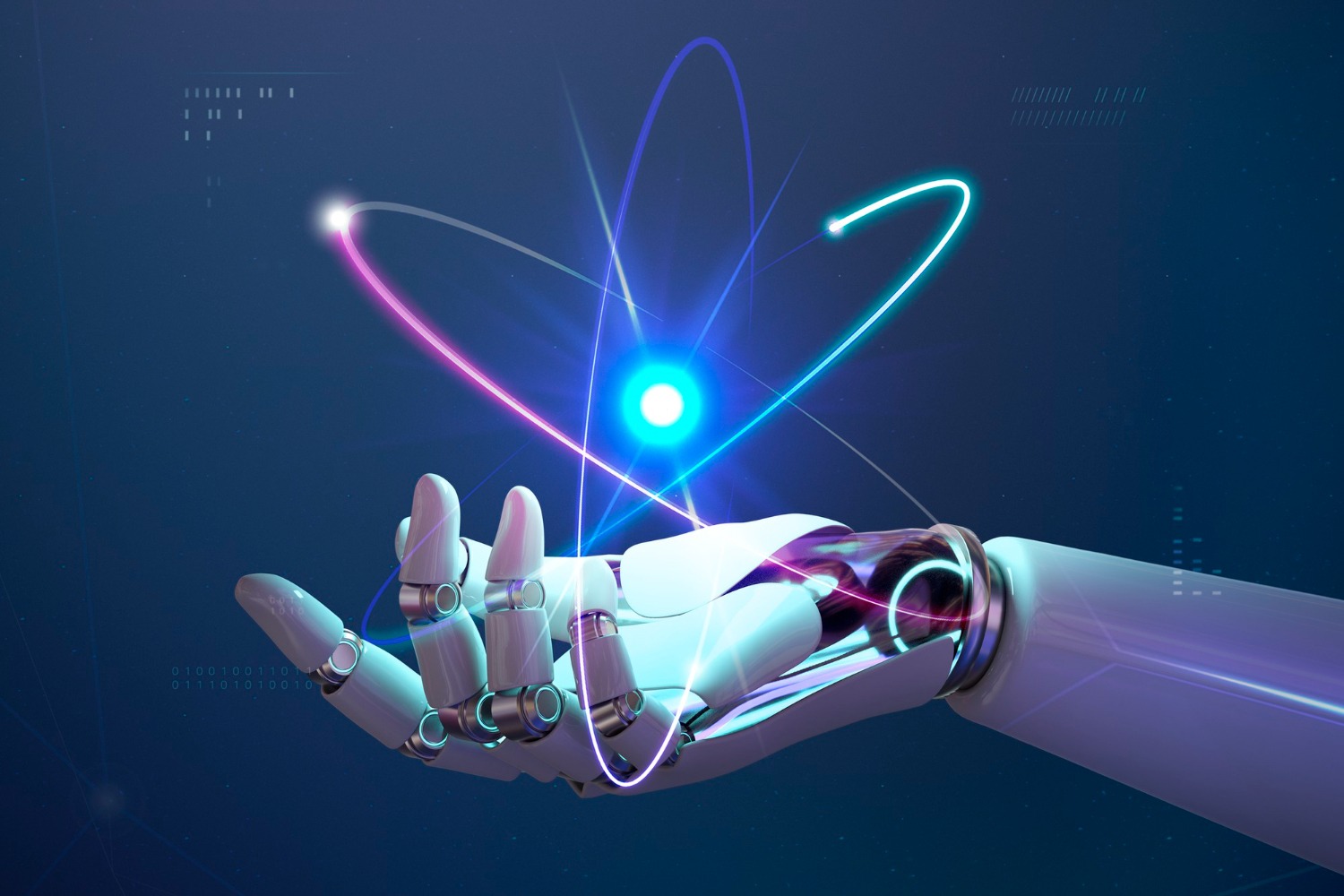Top Benefits of AI in Cybersecurity Threat Detection
As cyber threats evolve in complexity and frequency, traditional methods of threat detection are increasingly inadequate. Organizations need smarter, faster, and more adaptive solutions to protect their systems and data. Enter artificial intelligence (AI), which has emerged as a powerful tool for cybersecurity.
By leveraging machine learning, behavioral analytics, and real-time data processing, AI offers a new level of protection that is reshaping the cybersecurity landscape.
1. Real-Time Threat Detection and Response
One of AI’s most significant advantages in cybersecurity is its ability to detect threats in real time. Traditional security systems often rely on predefined rules and signatures, which can leave organizations vulnerable to new or evolving threats. AI, however, analyzes vast amounts of data continuously, identifying anomalies and potential threats as they occur.
- Proactive Defense: AI can spot unusual patterns in network traffic or user behavior, such as unauthorized access attempts or data exfiltration, and respond immediately.
- Reduced Dwell Time: By quickly identifying and mitigating threats, AI minimizes the time an attacker has to compromise systems, reducing potential damage.
This real-time capability is crucial in preventing large-scale breaches and minimizing financial and reputational losses.
2. Advanced Threat Prediction
AI-powered systems excel at predicting potential cyber threats before they occur. By analyzing historical data and current trends, AI can identify vulnerabilities and forecast possible attack vectors.
- Risk Assessment: AI evaluates the likelihood of different types of attacks, helping organizations prioritize their security efforts.
- Threat Intelligence Integration: AI processes data from global threat intelligence feeds to anticipate emerging threats, enabling companies to stay ahead of cybercriminals.
With this predictive power, businesses can adopt a proactive approach to cybersecurity, addressing risks before they escalate into full-blown attacks.
3. Enhanced Accuracy in Threat Detection
Traditional cybersecurity solutions often generate numerous false positives, overwhelming security teams and leading to alert fatigue. AI improves detection accuracy by reducing false positives and identifying genuine threats more reliably.
- Behavioral Analysis: AI systems learn normal user and system behavior, enabling them to distinguish between legitimate activities and malicious actions.
- Continuous Learning: Machine learning algorithms evolve over time, improving their accuracy and reducing the likelihood of missed threats.
By eliminating noise and focusing on real threats, AI enables security teams to respond more effectively and efficiently.
4. Automation of Repetitive Tasks
AI streamlines cybersecurity operations by automating repetitive and time-consuming tasks, such as log analysis, vulnerability scanning, and malware detection.
- Faster Incident Response: Automated tools can isolate infected systems, block malicious IP addresses, or revoke compromised credentials without manual intervention.
- Resource Optimization: By handling routine tasks, AI frees up security personnel to focus on more complex and strategic issues.
This automation not only improves efficiency but also reduces the risk of human error, which is a common factor in security breaches.
5. Adaptability to Evolving Threats
Cyber threats are constantly evolving, with attackers developing new techniques to bypass traditional defenses. AI provides the flexibility and adaptability needed to combat these ever-changing threats.
- Zero-Day Attack Detection: AI can identify unknown vulnerabilities and zero-day exploits by recognizing patterns that deviate from normal behavior.
- Dynamic Learning: Unlike static rule-based systems, AI adapts to new threats by learning from past incidents and updating its models accordingly.
This adaptability ensures that organizations remain protected even as the threat landscape evolves.

6. Improved Security for Remote Work Environments
The shift to remote work has expanded the attack surface for many organizations, making robust endpoint protection more critical than ever. AI enhances cybersecurity in remote environments by monitoring and protecting endpoints in real time.
- Device Monitoring: AI tracks activity on remote devices, identifying potential security risks such as unauthorized software installations or unsecure connections.
- Behavioral Insights: By analyzing user behavior, AI detects anomalies that could indicate compromised accounts or insider threats.
With AI-driven solutions, businesses can secure their remote workforce without compromising productivity or flexibility.
7. Cost Savings and Scalability
Implementing AI in cybersecurity can lead to significant cost savings by reducing the frequency and severity of breaches, minimizing downtime, and optimizing resource allocation.
- Lower Operational Costs: Automated processes reduce the need for extensive manual intervention, cutting labor costs.
- Scalability: AI systems can handle increasing amounts of data and threats as organizations grow, making them a scalable solution for businesses of all sizes.
By enhancing security while reducing costs, AI provides a strong return on investment for companies looking to strengthen their defenses.
Challenges to Consider
While AI offers numerous benefits, it’s not without challenges:
- Initial Implementation Costs: Deploying AI-powered systems can require significant upfront investment.
- Complexity: Managing and maintaining AI systems requires specialized skills, which may necessitate additional training or hiring.
- Ethical Concerns: Ensuring that AI operates without bias and respects user privacy is crucial to maintaining trust.
Despite these challenges, the benefits of AI in cybersecurity far outweigh the drawbacks, especially as the technology continues to advance.
Conclusion
AI is revolutionizing cybersecurity threat detection, providing businesses with the tools to identify, predict, and respond to threats with unprecedented speed and accuracy. From real-time monitoring to advanced threat prediction, AI empowers organizations to stay ahead of cybercriminals in an increasingly complex digital landscape.
As cyber threats continue to grow, adopting AI-driven security solutions is no longer a luxury but a necessity for businesses seeking to protect their assets, data, and reputation. The future of cybersecurity lies in the intelligent and adaptive capabilities of AI—ensuring a safer and more resilient digital world.




